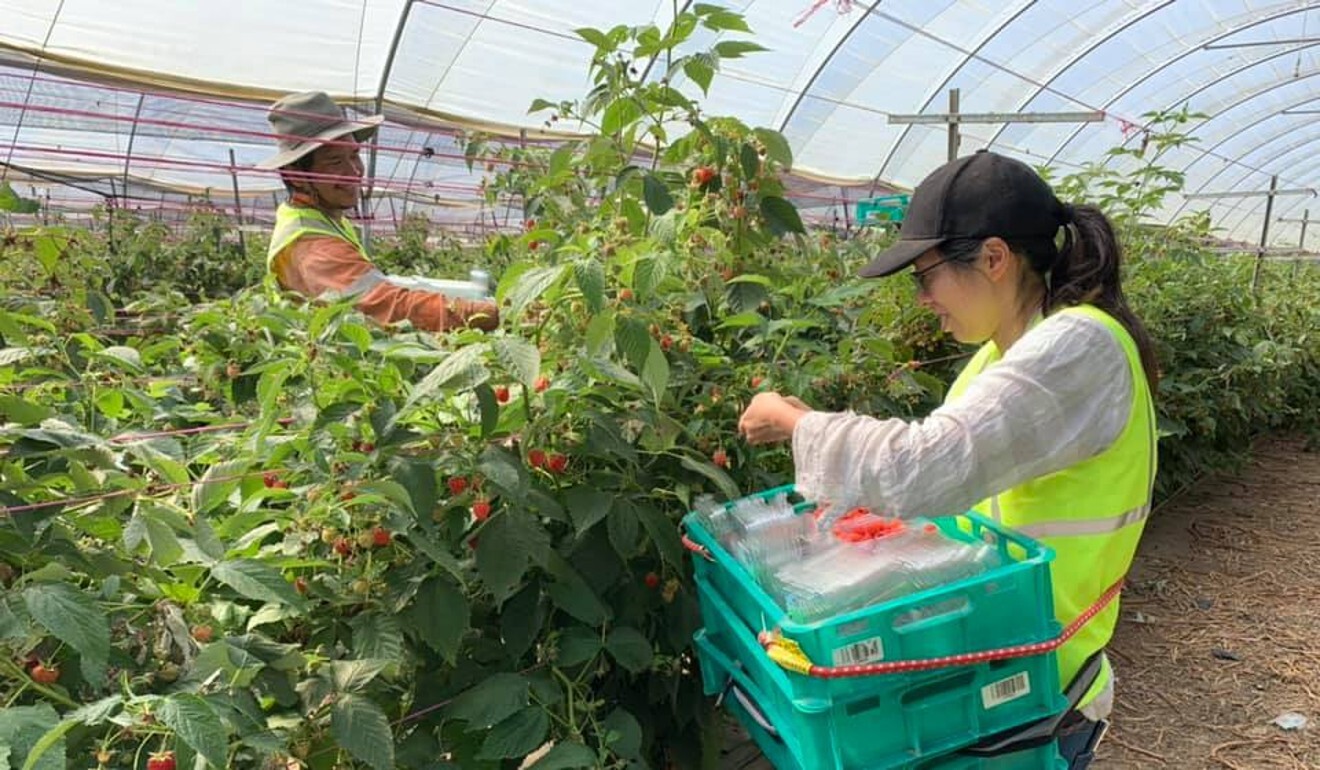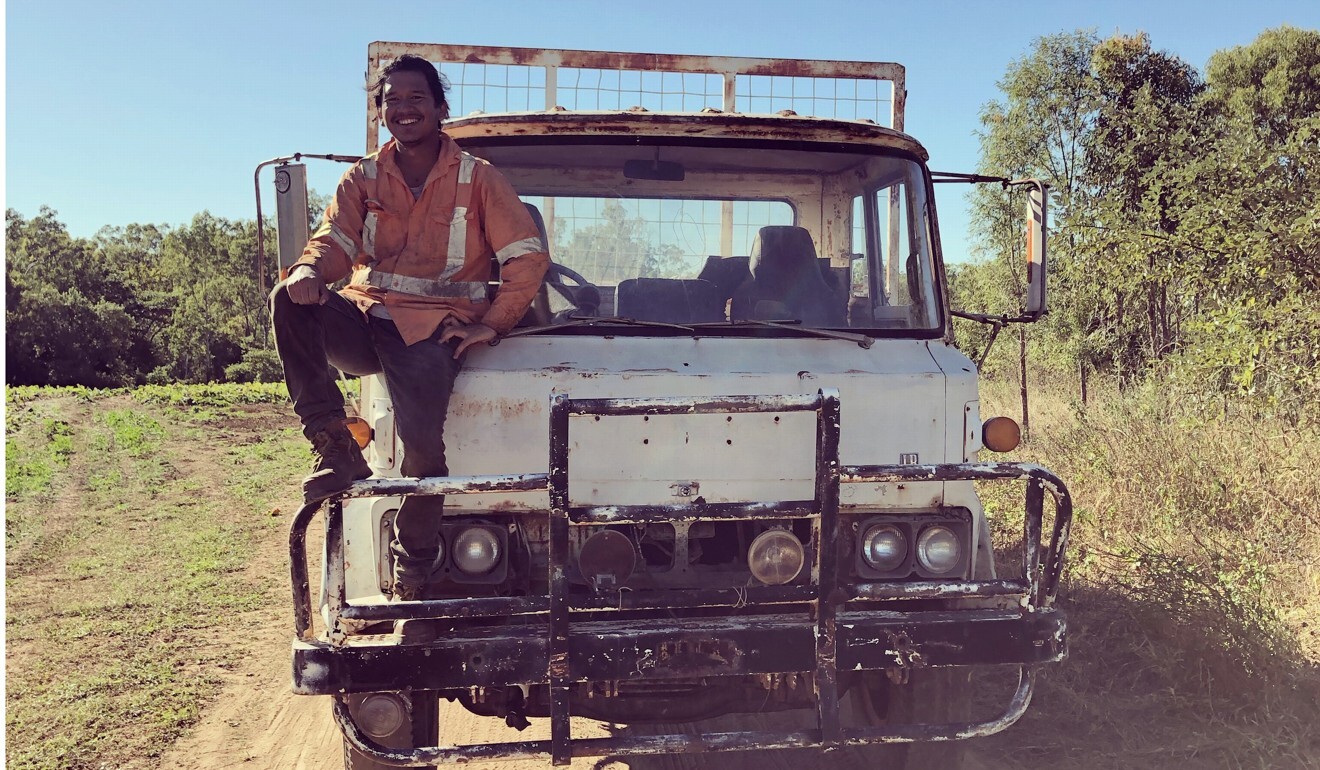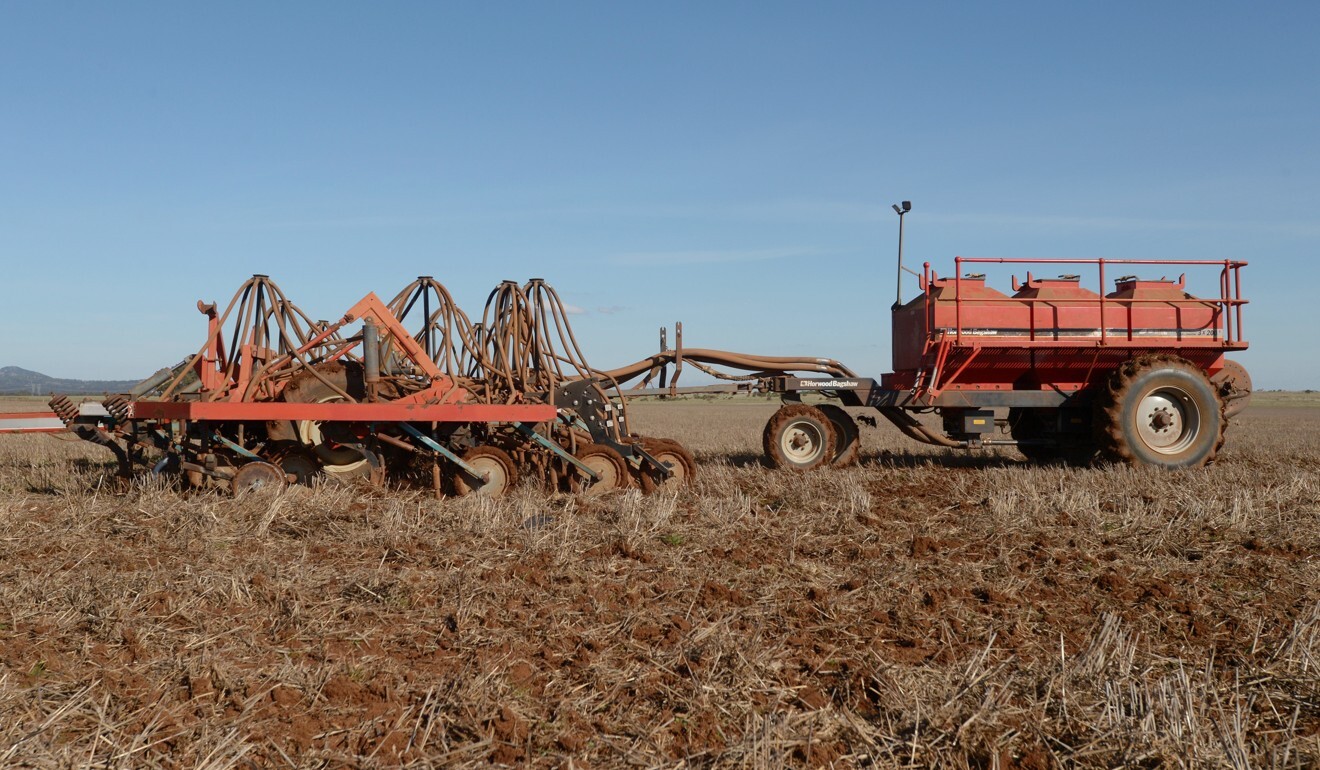
Australia lures Asians to farm labour with new agriculture visa and path to permanent residency
- A new agriculture visa aimed at plugging a labour shortage will allow migrant farm workers into Australia for three years and in some cases beyond
- It is targeted primarily at Asians, but advocate groups warn it could fuel exploitation and may be partly motivated by perceptions that this group is ‘easier to control and cheaper’
Like most Indonesians on Australia’s Working Holiday Maker visa – a scheme that annually allows up to 5,000 Indonesians below the age of 30 to spend up to three years in Australia working and vacationing – Audi worked as a farm labourer.
Audi has picked mangoes, watermelons and pumpkins in the Northern Territory, raspberries and tomatoes in Queensland, and grapes and figs in Victoria, earning anywhere from A$20 (US$14.5) to A$35 per hour. In some cases, he was a “piece-rate” worker, paid for the amount of produce he picked, rather than a fixed hourly rate.
The Australian Agriculture visa seeks to provide a long-term solution to labour shortages reported by the farming sector, which accounts for around 3 per cent of Australia’s GDP.
The new agriculture visa will allow migrant farm labourers to work in Australia for three years, with a requirement to return to their home country for three months of every year. Unlike the Working Holiday Maker visa, if migrant workers agree to work in approved industries beyond the three years, they can also apply for permanent residency.

However, migrant worker advocates say the visa could exacerbate employee exploitation on Australian farms, such as underpayment, exorbitant accommodation charges and unscrupulous hiring companies. The Australian Workers Union warns that the visa will “exacerbate the already rampant abuse and exploitation” in the sector.
Farmers groups argue their image has been tainted by the actions of a small number of unscrupulous growers, but research suggests that exploitation is widespread.
A 2020 report compiled by unions and the Migrant Workers Centre found that 80 per cent of surveyed piece-rate workers had been underpaid. A 2018 inquiry by Australia’s Fair Work Ombudsman found that half of the investigated businesses had breached workplace laws, including misuse of piece rates, underpayments of the hourly rate and non-payment for time worked.
Substandard accommodation is another commonly reported problem. Audi said he sometimes paid up to A$150 dollars a week for accommodation near the farm and the only options were dirty, insect-infested sheds with holes in the floor.
On some farms Audi’s relationships with bosses and managers was amicable. On others, he described the atmosphere as “like the military”.
“They [supervisors] had no tolerance for new, inexperienced workers. Many people were fired after one day. We were working under the sun in 40 degree temperatures. At one point, my nose was bleeding. But I kept working, because I was afraid of being fired too,” he said.
Audi has documented his experiences in Australia on his YouTube channel #VLOGSTRALIA, which has been viewed hundreds of thousands of times.

Fears of exploitation
Given better work options in and around the cities of the highly urbanised nation, most Australians avoid farm work. Migrant workers now make up most the 130,000-strong horticulture workforce, and at least a third of these migrant workers are Working Holiday Maker visa holders. Others are under more tightly regulated schemes only available to citizens of Pacific Island nations, Papua New Guinea and Timor leste.
The National Farmers Federation has long argued for the necessity of a targeted agriculture visa to meet labour shortages on fruit and vegetable farms. According to the farmer federation’s own survey figures, around 80 per cent of farmers have experienced “significant difficulty” finding workers.
However, some farm sector researchers believe that a visa primarily targeting Asian countries is not solely based on the large number of potential migrant workers in these countries. In a 2018 report, industry expert Joanna Howe, a professor at the University of Adelaide, wrote that “employer preferences for particular groups of migrant workers are based less on a shortage of workers and more on a perception that these workers are easier to control and cheaper”.
Audi suspects Asian migrant workers are preferred because they can be pushed for higher levels of productivity than European backpackers, who also work on farms to secure their second and third year Working Holiday visas.
“Asian workers were more accepting of supervisors who got angry, yelled at them, called them names. The Europeans would definitely fight back,” he said.
It’s still unclear how closely the government will regulate the visa though in its announcement, it pledged to ensure “a high degree of integrity and safeguards”. The Department of Agriculture, Water and the Environment did not respond to follow-up questions.
The National Farmers Federation president Fiona Simson said the new visa must differ from other seasonal worker schemes as “ … the costs involved and the requirement to provide many months of work to sponsored workers mean they don’t suit most farms”.

“What is needed is a more flexible, portable visa to enable workers to move from farm to farm. Many smaller family farms can’t give seasonal workers the amount of work needed under those specific visas and the upfront payments,” she said.
Former deputy secretary of Australia’s Department of Immigration Abul Rizvi, who is now a policy consultant in Canberra, said that “a tripartite industry, union and government body should be established to deal with complaints and given the power to prosecute employers and labour-hire companies in breach of labour laws”.
The farmers federation supports the creation of a coordinating body responsible for ensuring migrant workers’ well-being, but the inclusion of unions will be controversial.
Peak industry bodies like the farmers federation have recently fought a Fair Work Commission case brought by the workers union that would impose a minimum wage floor under the piece-rate system. The ire of farmers has also been raised by a United Workers Union campaign to unionise migrant farm workers over the last five years.
The Australian government has said that the visa’s design “will depend on negotiations with partner countries”, so the governments of these countries can also play a part in ensuring that effective worker protections are built into the programme.

